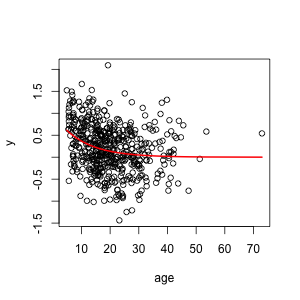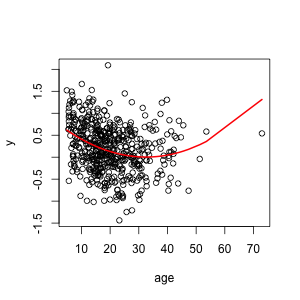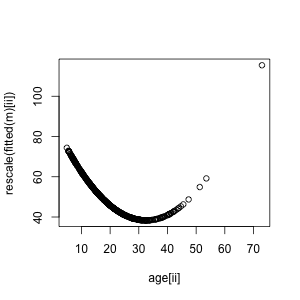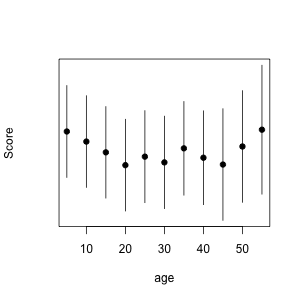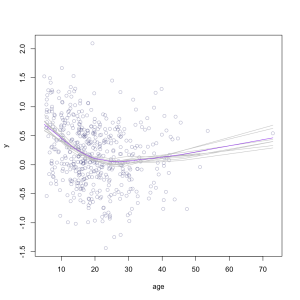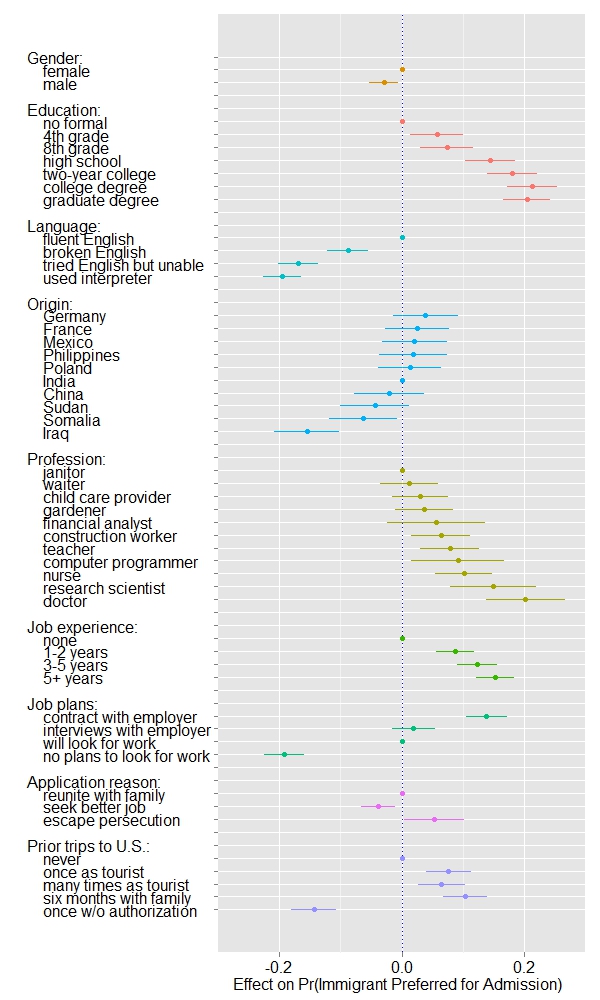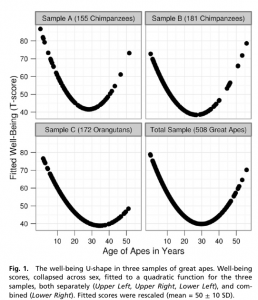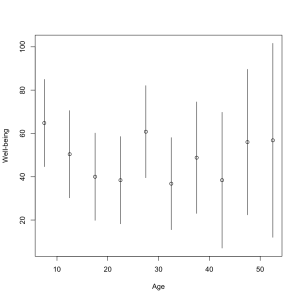Meet Glenn Thomas – Statistics Summer Scholarship recipient
This summer, we have a number of fantastic students who received a Department of Statistics scholarship to work on fascinating projects with our staff members. We’ll be profiling them here on Stats Chat and we’d love to hear your feedback on their projects!
Glenn Thomas is working with Alan Lee, Ilze Ziedins and Geoff Pritchard on a research project entitled ‘Statistical modelling of telecommunications sector challenges.’
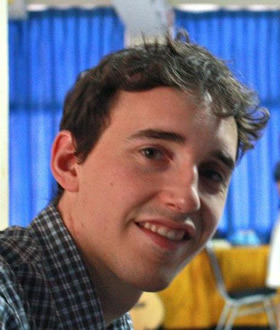 Glenn explains:
Glenn explains:
“My project is unique as it is not a traditional project. Instead, I’m doing an internship at Harmonic, a company that provides custom business analytics and software tools to businesses, partnering with various universities including The University of Auckland. Harmonic provides solutions to companies primarily in the telecommunications, energy, and agriculture industries. In particular, I am working on projects in the telecommunications industry and I am also exploring how to deal with big data in R.
“One of the projects I have been working on is an asset life-cycle solution for Telecom New Zealand. The PTSN (Public Switched Telephone Network) is a fundamental asset for Telecom, and Harmonic’s asset-management analytics ensures it runs efficiently by providing monthly information updates to support spares management, failure analysis, disaster recovery and life-cycle planning. My role has been to improve the speed of some of the processes used in the analysis by optimising existing R code and developing custom functions.
“Another project I have been working on in the same industry is SNA (social network analysis), which is the analysis of social networks to deliver customer insight. One of the challenges I am facing is dealing with the large amount of data. Harmonic uses R to deliver statistical solutions, but one of the difficulties in R is working with very large datasets. I’ve been looking into various packages and methods of handling big data in R, and applying it to social network analysis.”
More about Glenn:
“I’ve just completed my third year of a conjoint degree in commerce and science. I know it sounds like an odd combination at first, but I have found the subjects to be quite complementary. My commerce major is finance, and my science majors are statistics and applied mathematics. I chose these subjects initially since I was good at them and enjoyed them at school. But more recently, I have particularly enjoyed the problem-solving side of statistics. That’s what I love about statistics; everything you learn is applicable to solving real-world problems.
“Outside of study, I enjoy getting outdoors and doing some hiking and camping. I recently walked the Hillary Trail, a 70km hike in the WaitakereRanges. I also enjoy water-skiing during the summer. I enjoy investigating the latest technology and, of course, spending time with my family and friends.”
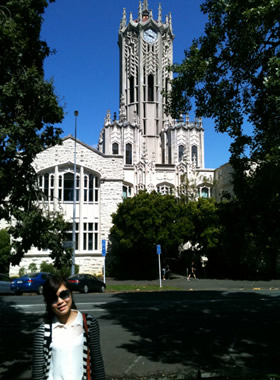 Huan explains:
Huan explains: Kimberley explains:
Kimberley explains: 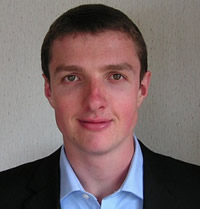
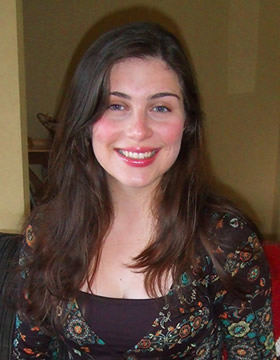 Of the scholarship, Liza says:
Of the scholarship, Liza says: